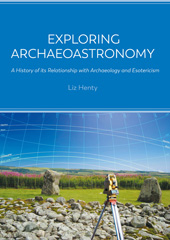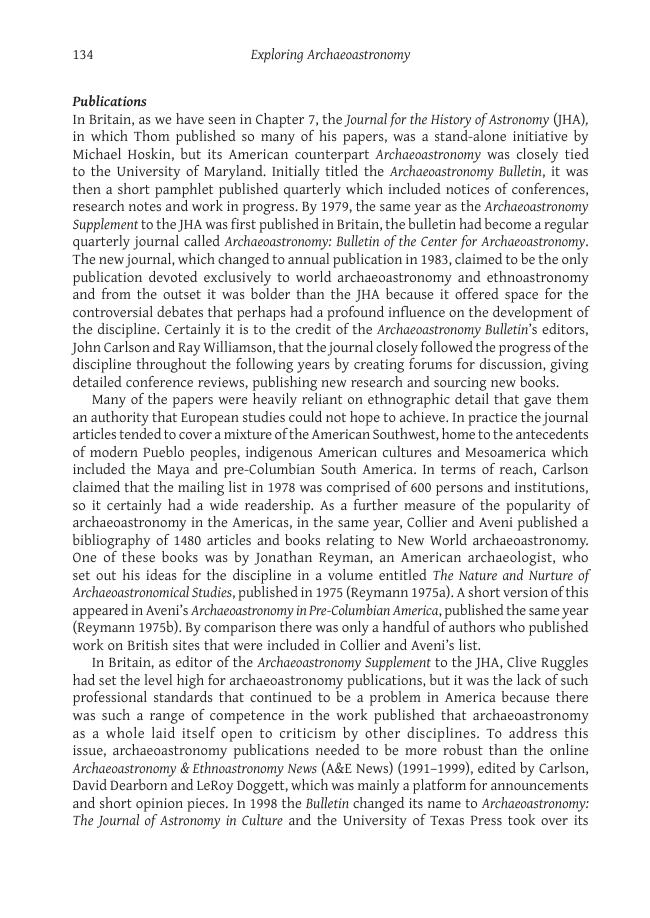2022 - Oxbow Books
E-book
Digital Version
Download | Copy/paste | Printing
Exploring Archaeoastronomy : A History of its Relationship with Archaeology and Esotericism
224 p.
- Archaeoastronomy and archaeology are two distinct fields of study which examine the cultural aspect of societies, but from different perspectives. Archaeoastronomy seeks to discover how the impact of the skyscape is materialized in culture, by alignments to celestial events or sky-based symbolism; yet by contrast, archaeology's approach examines all aspects of culture, but rarely considers the sky. Despite this omission, archaeology is the dominant discipline while archaeoastronomy is relegated to the sidelines. The reasons for archaeoastronomy's marginalized status may be found by assessing its history. For such an exploration to be useful, archaeoastronomy cannot just be investigated in a vacuum but must be contextualized by exploring other contemporaneous developments, particularly in archaeology. On the periphery of both, there are various strands of esoteric thought and pseudoscientific theories which paint an alternative view of monumental remains and these also play a part in the background.The discipl
- ine of archaeology has had an unbroken lineage from the late 19th century to the present. On the other hand, archaeoastronomy has not been consistently titled, having adopted various different names such as alignment studies, orientation theory, astro-archaeology, megalithic science, archaeotopography, archaeoastronomy and cultural astronomy: names which depict variants of its methods and theory, sometimes in tandem with those of archaeology and sometimes in opposition. Similarly, its academic status has always been unclear so to bring it closer to archaeology there was a proposal in 2015 to integrate archaeoastronomy research with that of archaeology and call it skyscape archaeology. This volume will examine how all these different variants came about and consider archaeoastronomy's often troubled relationship with archaeology and its appropriation by esotericism to shed light on its position today. [Publisher's text].
- Special access authorizations may apply; please contact us for further information.
-
Information
ISBN: 9781789257885
DISCIPLINES



